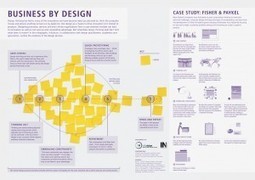Marina Gorbis identifies unique human skills [that] should be the core of any public education program.
As Gorbis write... “Learning is Social”.
We need to learn how to work better with machines, letting machines do what they are good at.
Gorbis shows how machines and average people can outperform experts at playing chess.
“Weak human + machine + better process
was superior to a strong computer alone
and, more remarkably,superior to a
strong human + machine + inferior process.”
Via Deb Nystrom, REVELN



 Your new post is loading...
Your new post is loading...









It's not just the skills, it's the social and the process, lest all the talk about MOOCs and universities and skill training lead to engineering and accounting. ~ Deb